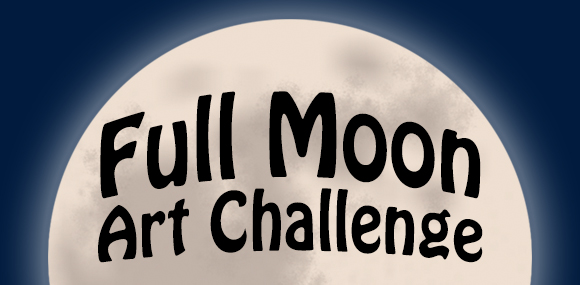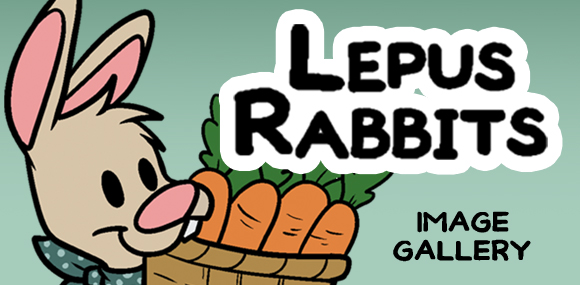Last week, I finally saw Stripped, a documentary on comic strips by cartoonist/film maker, Dave Kellett, and cinematographer, Fred Schroeder.
While drafting this blog, I discovered that I have too much to say for a single blog entry, so I’m splitting my response to Stripped into two parts: My review of the film and my personal response. This is part one. Look for part two later this week.
Like many of you, I had been looking forward to Stripped for a long time. Some of you may even remember the “signal boosting” blog I wrote for the film back in 2011, when it was still crowdsourcing on Kickstarter.
I’m pleased to tell you that Stripped has been worth the wait and worth the hype. The self-proclaimed “love letter to comics” has something for everyone from die-hard comic fans to casual readers.
If you’re worried that this will be a dry documentary, cast those fears aside. Not counting the credit reel, the film runs about an hour and fifteen minutes – not too long and not too short. And all the while, it keeps viewers engaged and entertained with music, graphics and animations.
Stripped tells the story of comic strips: what they have been, what they are, and where they might be going. Along they way, famous creators like Jim Davis, Cathy Guisewite, Jeff Keane, Greg Evans, Stephan Pastis, Scott Kurtz and even Bill Watterson tell their stories.
Organizing this movie must have been a challenge. Obviously, it makes sense to tell the story of comics in chronological order, but some topics fit more neatly into the timeline than others. Ultimately, the directors settled on breaking the documentary into eight parts.
The Opening: A light-hearted beginning that describes comics and their significance.
Everybody Loves Comics: The introduction leads very naturally into this second segment, in which many of the featured cartoonists reminisce about their earliest memories of reading and sharing comics.
The Golden Age of Comics: Soon, we get into comic strip history. We learn about the great popularity of comics in the 60’s, 70’s and 80’s.
Picking up the Pencil: A few personal stories about how some cartoonists started drawing and how they broke into the business. Plus we get to learn a little about how the newspaper biz and syndication work.
The Creative Process: The challenges of staying creative and turning daily comics into a long-term career.
The Crisis: What happens to comics as newspaper sales dwindle?
The Digital Revolution: New technology creates new opportunities. We look at the emergence of webcomics, learn about the webcomic business model, and discuss the pros and cons of web publishing vs. print publishing.
The Future: No one knows what the future will bring but we have some ideas. All of them include comics.
The structure of the film is deceptively simple. But, just like a comic strip can fit a lot of creativity and depth into a couple of panels, Kellett and Schroeder fit a lot of valuable content into those eight parts. Bill Watterson’s advice to cartoonists is invaluable. Darrin Bell tells a story about selling and African-American comic to old-fashioned syndicates that surprised me more than it should have. Jerry Holkins and Mike Krahulik tell tales of starting webcomics during/after the “dot-com” boom that take me right back to the 90’s.
And all the while, the film masterfully manages to look sharp, polished, credible and completely professional, while still looking fun, engaging and a bit laid-back. The little sketches, title cards for chapters, and little notes and jokes in the DVD menus and credits are so distinctly Dave Kellett’s style, yet they fit the universality of the film so well.
Here’s the website again, for those of you who missed it the first time: http://www.strippedfilm.com/
I would recommend Stripped to anyone who likes comics. And to anyone who loves comics, I would probably have to recommend it twice.
-Marj












